The Erotics of the Nerd
|PHILLIP PYLE
For ages, the nerd, geek, dweeb, or dork was an archetype no one wanted to be aligned with. In media, and perhaps just as often in reality, the nerd was seen as antithetical to sex. And it was only when the nerd removed their glasses that others finally realized their beauty.

But, as many recent trend diagnoses and forecasts have proclaimed, the losers of yesteryear have transformed into today’s sex symbols, at least for a few seasons. But it’s not just any nerd that has attained this new status; it’s the one whose roots, at least aesthetically, still germinate around the turn of the century.
“McBling,” the Y2K micro aesthetic associated with Paris Hilton, pink, and flashy Hummers, and the more obviously sexy styles of the millennium have been slowly squeezed out by nerdy, more referential, and NPC (Non-player character) versions of 2000s looks over the past couple of years. The flamboyance of Diesel, Blumarine, and Juicy Couture—revived in part by the ingeniously referential and network-based approaches of newer lines such as Heaven by Marc Jacobs—has become somewhat passé compared to nerdier approaches to the early aughts. In the age of the “fashion nerd,” archival fashion has become cooler than new fashion, subtlety cooler than loudness, and intellect cooler—and indeed hotter—than hotness. Reflecting on this phenomenon, fashion writer Rian Phin aptly named it the “dork industrial complex.”
Sexy Simulacra
The nerd’s rise can be reasoned along various lines. The first explanation is that the intensity of Y2K’s renewal paradoxically killed fashion’s sex drive. In other words, an apparatus comprised of influencers, 2000s-inspired collections, fast fashion companies, and online discourses and micro trends obsessed with reviving the noisier, more scandalous styles of a bygone era has effectively hindered fashion’s capacity to adapt to and engender new ideas of what it means to be “sexy.” While there’s of course a host of houses and less trend-obedient brands that break the mould, popular modes of shopping contain indelible marks of this phenomenon. If not entirely centered around the 90s-2000s, most thrift stores contain dedicated “Y2K” sections at the same time that the clothing resale market, generally, has tripled in size since 2020. In fast fashion, this looks like Shein's reports of tripling baby tee sales in 2023 alone, or Mango putting 90s archival collections on sale. Responding to the recent influx of Y2K “Babetastic styles” on runways, Daniel Rodgers writes:
Obviously, being sexy means different things to different people, but when it’s ubiquitous—and available—as has been suggested, it loses all potency.
With its tendencies toward the total revealment of skin, body, and traditional corporeal signifiers of sex, this nostalgic sex (hyper)drive risks exhausting the libido’s imaginative and deeply semiotic processes. It’s not so much that the show of skin isn’t sexy as it is that the uncreative, mechanical show of skin risks being an exercise in morbid repetition, a shift from eroticism to pornography. If one of fashion’s goals is to be sexy, then it must wield its power as a semiotic system that works in tandem with the body rather than serving as a pure prop to the naked body as a signifier of sex.
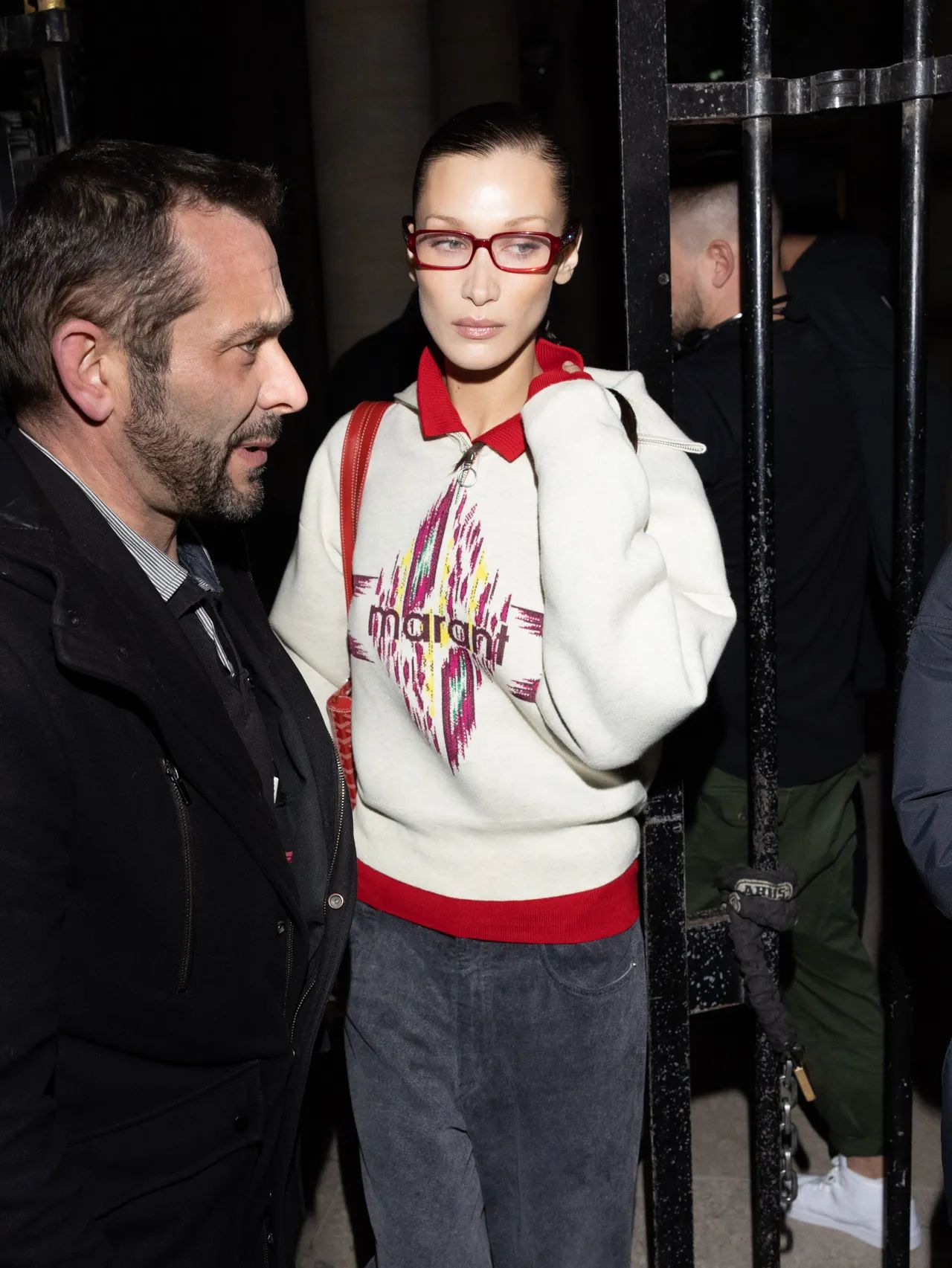
Sex Education
The renewed niche popularity of Slavoj Žižek’s 2003 “Back to School” special issue for Abercrombie & Fitch—where the Slovenian philosopher wrote about the semiotics of sex printed on top of more than one hundred pages of highly stylized, soft porn images of topless women and six-packed men—is a prime example for examining how ideas of sexiness emerges from a system of signs mediated by fashion. While these images aesthetically align with Y2K’s penchant for a direct expression of sex, Žižek’s text also aphoristically reflects on the connections between intellect and libido and, more precisely, why it is that learning (and knowledge) is so sexy.
At the front of the issue, against a blotted sepia tone image of a coastal American shed, Žižek’s text reads:
Back to school thus means: Forget the stupid spontaneous pleasures of summer sports, of reading books, watching movies and listening to music. Pull yourself together and learn sex.
On one spread of a tattooed man undressing while lying down, Žižek welds the chain between fashion imagery, sex, and knowledge: “The object of desire is hidden behind the thigh but the true cause of desire is that tattooed cross on the arm. Is it not clear that we really make love with signs, not with bodies? This is why one has to go to school to learn sex.” Just as the theories of online, emerging fashion thinkers often argue for a more NPC, nerdy, “real,” and meta-approach to fashion, Žižek’s argument about sex emphasizes the theoretical—and pedagogical—turn of the libido. More than this, his text emphasizes that the libido relies on clothing as a mediating object. After all, for him, “There is nothing less erotic than nudism.”

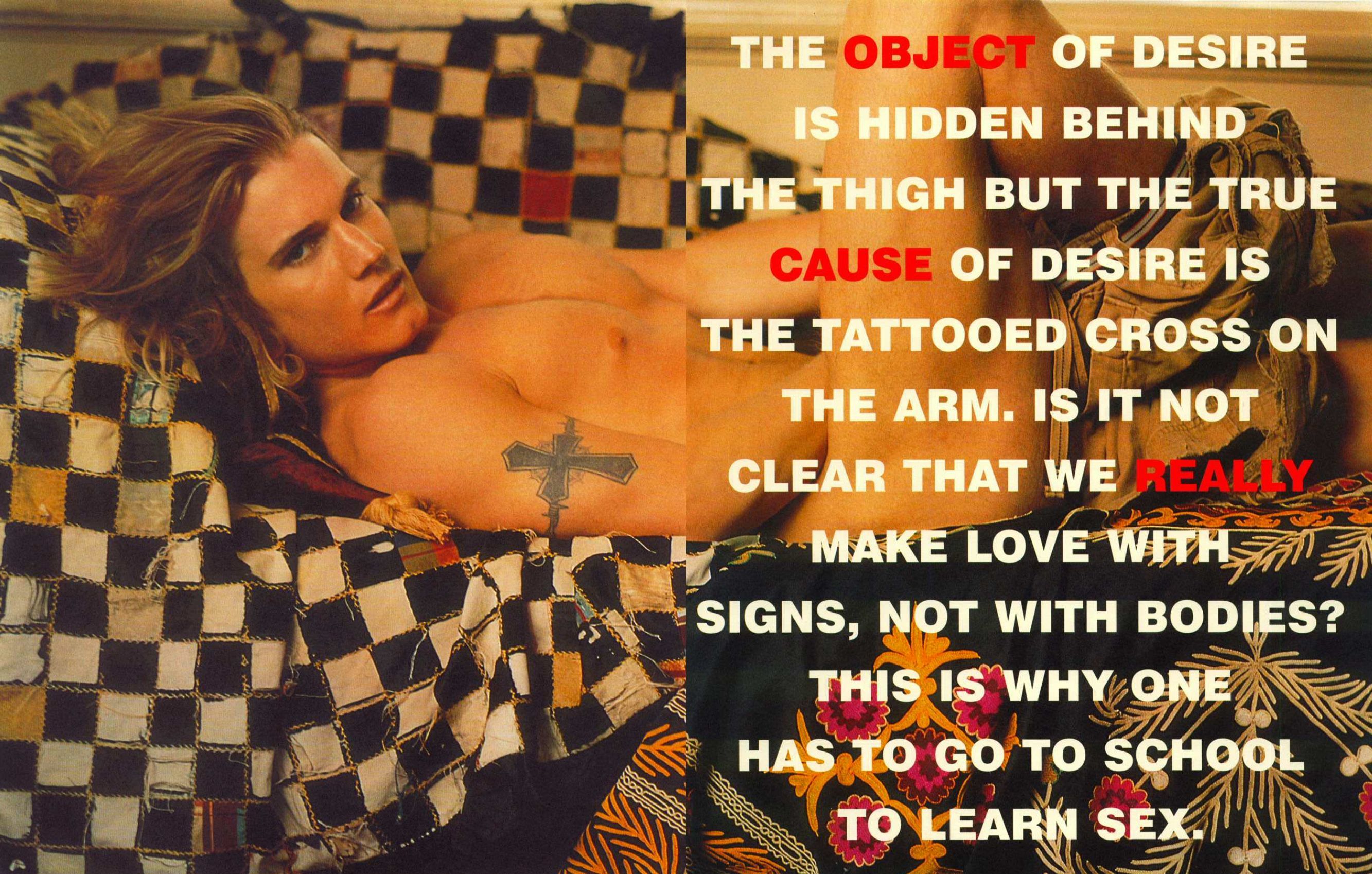
Becoming Aware
Another, perhaps more obvious, contributor to the intellect’s growing stock in fashion is the shortening and, indeed, short circuiting of the trend cycle. Microtrends and decreased time lapses between eras and their revivals have all but dissipated the notion of fashion as an inherently generative medium. It’s clear that fashion is not merely plagued by the postmodern state of cultural stagnation but by an even more strange atmosphere wherein the knowledge or critique of this lack of newness has itself become a stylish trend to engage—hence the influx of commercial designers now commenting on the dystopia of office culture. The Spike Jonze-inspired office wear of the Boss AW-23 Ready-to-wear show and the recent Prada AW-24 Menswear show about the “paradoxical dichotomy” between corporate life and nature are two such manifestations of this. On an individual level, there seems to be an upswing in the perceived coolness of “conscious” consumerism, especially because, when it comes to trends, younger generations are more or less knowledgeable of the causes of an evaporated trend cycle, the psychological manipulation of marketing tactics, and at least superficially concerned with issues of sustainability and unethical consumption.
“It’s clear that fashion is not merely plagued by the postmodern state of cultural stagnation but by an even more strange atmosphere wherein the knowledge or critique of this lack of newness has itself become a stylish trend to engage—hence the influx of commercial designers now commenting on the dystopia of office culture.”
But beyond being merely cool or “woke,” fashion consciousness has also become sexy. Shumon Basar’s neologism “Epistemerotica,” which he defines as, “the sexual pleasure of accruing vast amounts of useless information, opinion, trivia, and knowledge by being very online,” could certainly be one way of explaining this turn—especially as it relates to digital cultures of nerdy fashion vlogging, fit pics, and Substack writing. Substack, the online platform for writers, aspiring cultural critics, and bloggers has had a 80 percent yearly average increase in subscribers to its fashion and beauty category since its creation in 2017. In a more extreme example, Žižek’s Abercrombie text suggests that pushing knowledge, generally, to “pure” theory realizes its full libidinal potential: “No way to escape sex—Even in pure mathematics, it will haunt you: How much energy is released when two bodies hit each other? Or is it that pure mathematics is much sexier than sex?”
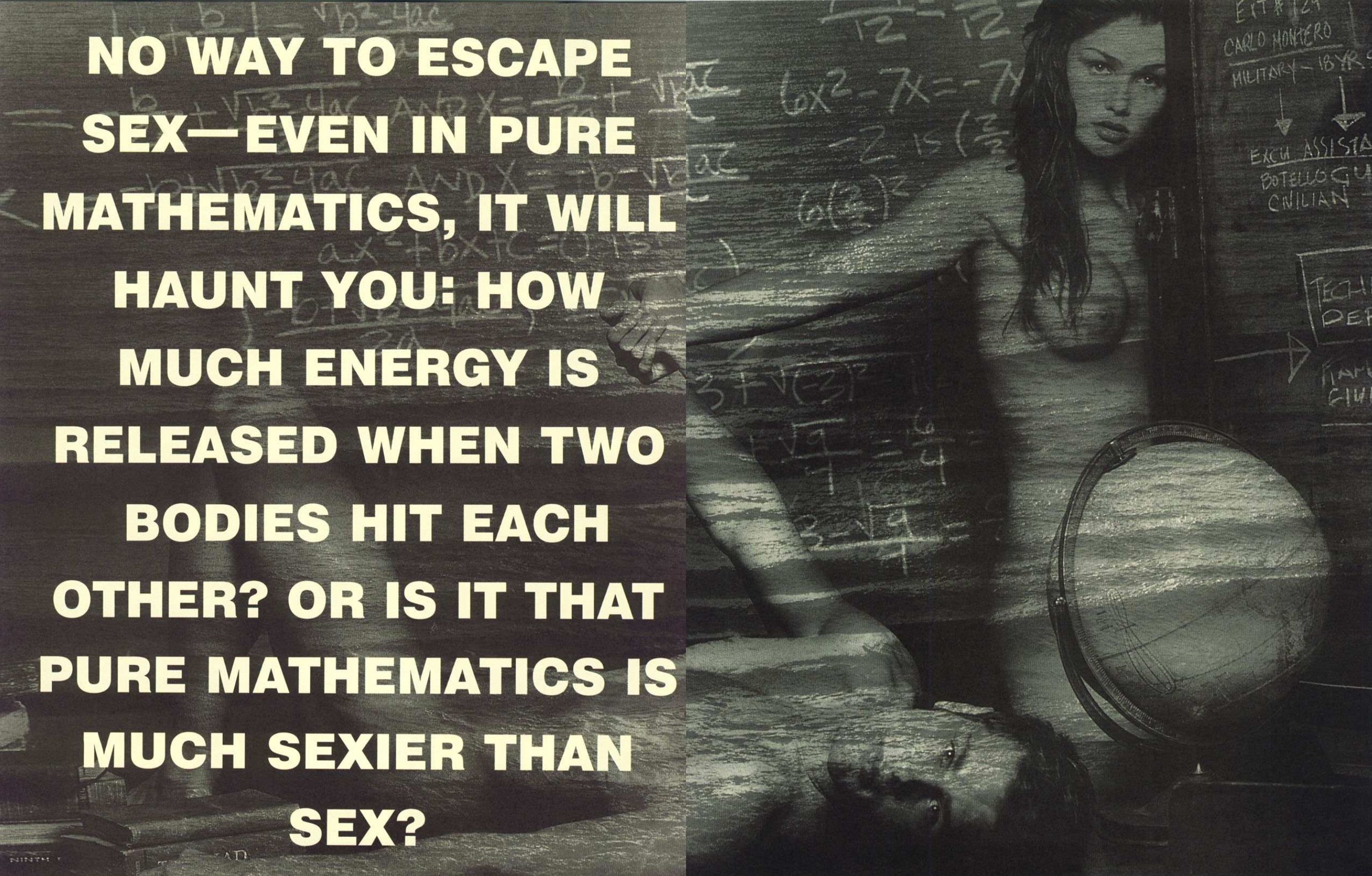
The Nerd's Rebirth
If the Abercrombie “Back to School” issue theorizes the sexiness of knowledge against a base of images of minimally clothed models, then the nerd archetype in fashion relies on a more covert and material inscription of sexiness—one concealed beneath layers of random garments and anachronistic ensembles. Despite being partially popularized by models, perhaps no more than by Bella Hadid, the first returns of early 2000s nerdcore toed the line between dweebyness and sexiness in such a way that refracted rather than absorbed market desires to extract sex out of every 2000s look, style, and garment.
“...the nerd archetype in fashion relies on a more covert and material inscription of sexiness.”
Whether wearing maroon rectangular, thin-framed Chanel glasses with slicked back hair, a sweatshirt and black jeans, or thinner-framed, Bayonetta style glasses with a rugby shirt over a plaid skirt, Hadid’s initial flirtations with the aesthetics of the nerd played with the other burgeoning looks of that specific time—be it early 2000s thriftiness or the playful femininity of “Blokette”—and distanced themselves from those trends through slight deviations. The addition of nerd frames, or the simple omission of bows, were two such gestures that helped differentiate nerdcore from its contemporaries. And while it’s easy to center Hadid as the archetypal nerd in fashion, it’s also important to note that, long before she made the loser cool, the nerd had already begun to emerge as a fashionable figure in art. Amalia Ulman’s 2010s slideshow presentations and the emergence of Eliza Douglas as a muse and subject are just two examples of artists who both prefigured and serve as early examples of the nerd’s social ascent.
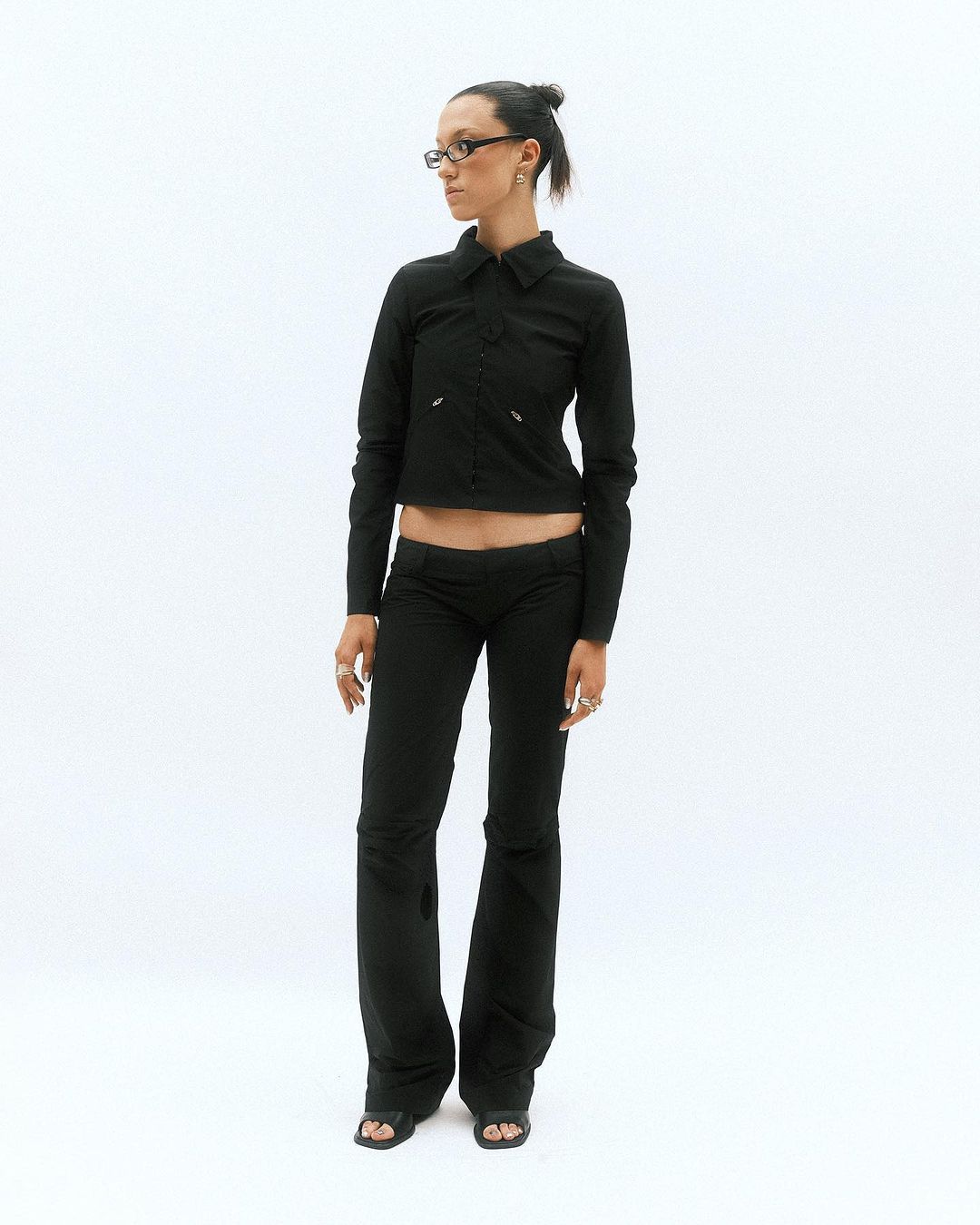
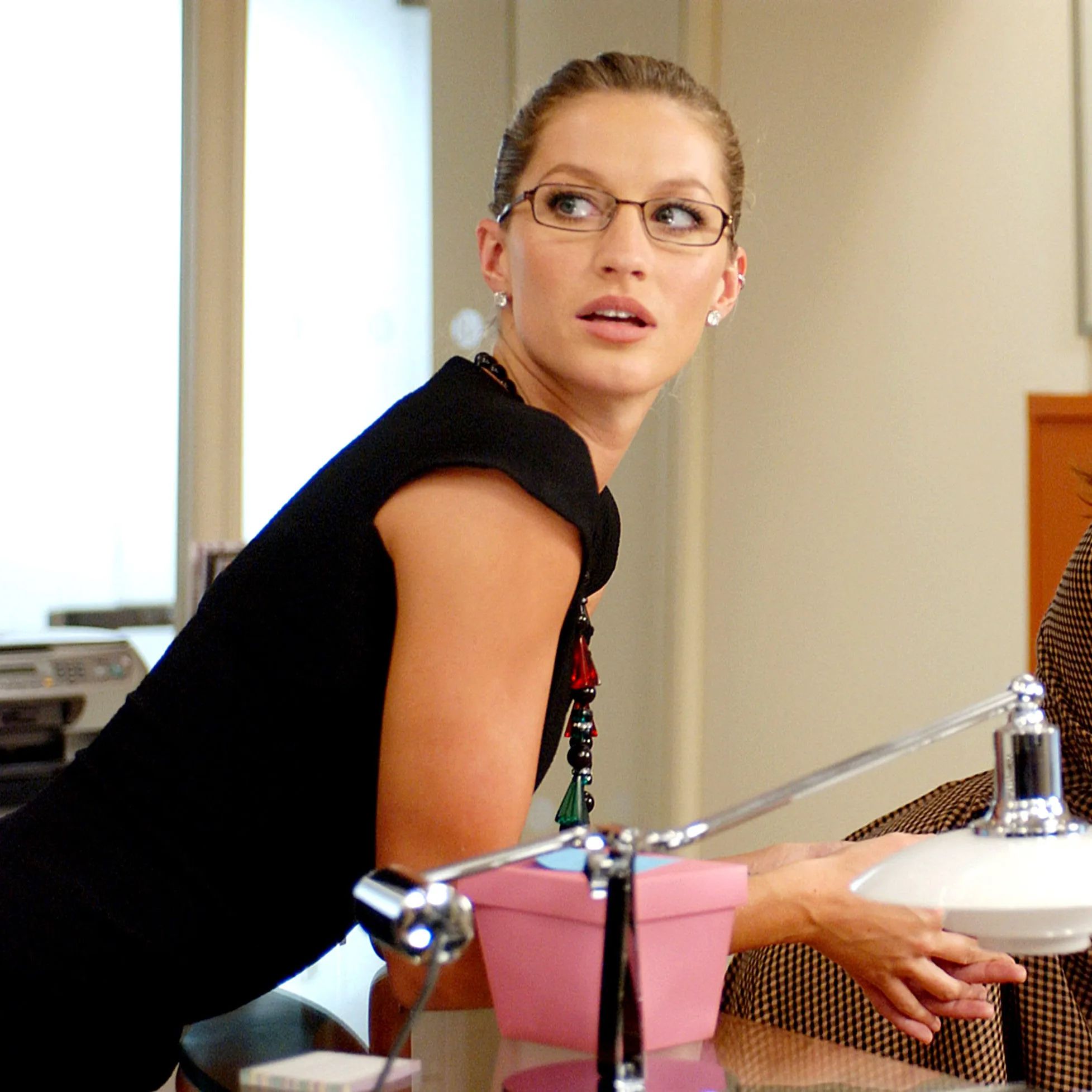
Upon the nerd’s arrival in art and fashion, they suggested that through a conscious, dynamic engagement (and simultaneous disengagement) with history, trends, and the discourse between trends, one could elicit connotations of sexiness and coolness somewhat alien to market nudging. On the runway over the past few years, we’ve seen this notion equally reflected in Demna’s Balenciaga casting and in the scene-y shows of newer labels, such as the downtown New York label Lucky Jewel. More than any other designer, Miuccia Prada has long been a harbinger—and is now a litmus test—of the dweeb. First developing her canonical “ugly chic” aesthetic with Prada collections in the mid-90s, Miuccia has been perfecting this philosophy during her tenure at Miu Miu. Updated for the Instagram age in recent years with the help of stylist Lotta Volkova, Miuccia’s unconventional “ugly is attractive” approach has both engendered and coincided with the nerd’s fashionability.
“What some have called Miu Miu’s ‘librarian chic’ aesthetic could equally be construed as a dweeby professionalism.”
FW-23’s near instant virality, and admiration amongst those both at the periphery and center of trends, was partially due to its explication of the inseparable, yet still popularly concealed, relationship between intellect and sex. Inner wear became outerwear in the show, just as the inner quality of intellect has become the outward marker of eroticism. What some have called Miu Miu’s “librarian chic” aesthetic could equally be construed as a dweeby professionalism. Smart, well-tailored cardigans were hastily tucked into pantyhose and wisps of hair sprouted from the tops of models’ heads as if they hadn’t the time to either do their hair or remember the simple act of concealing a pantyhose waistline.
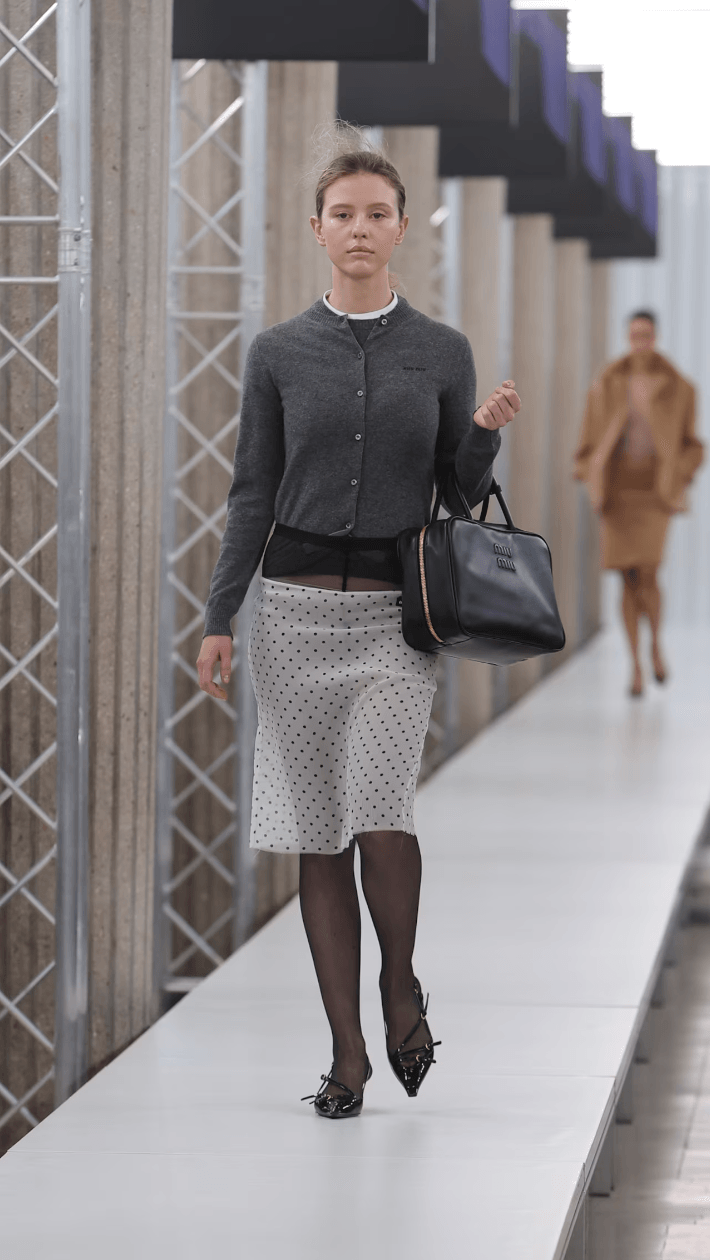
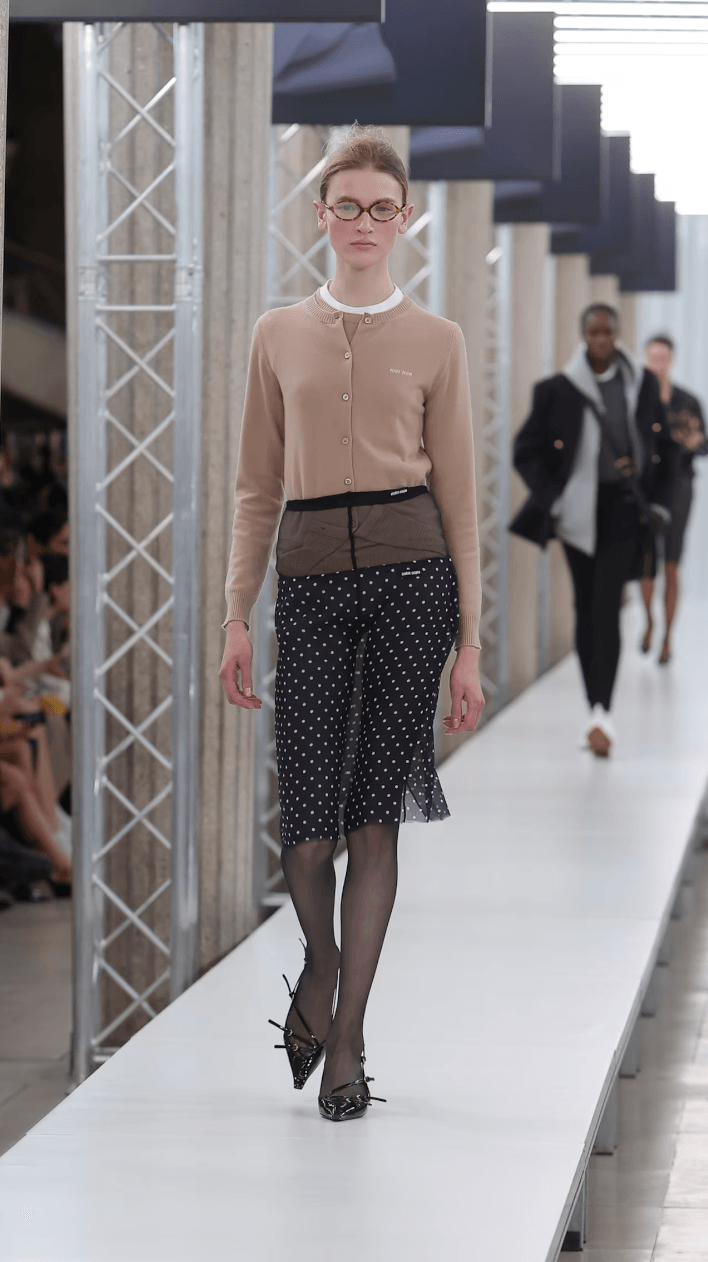
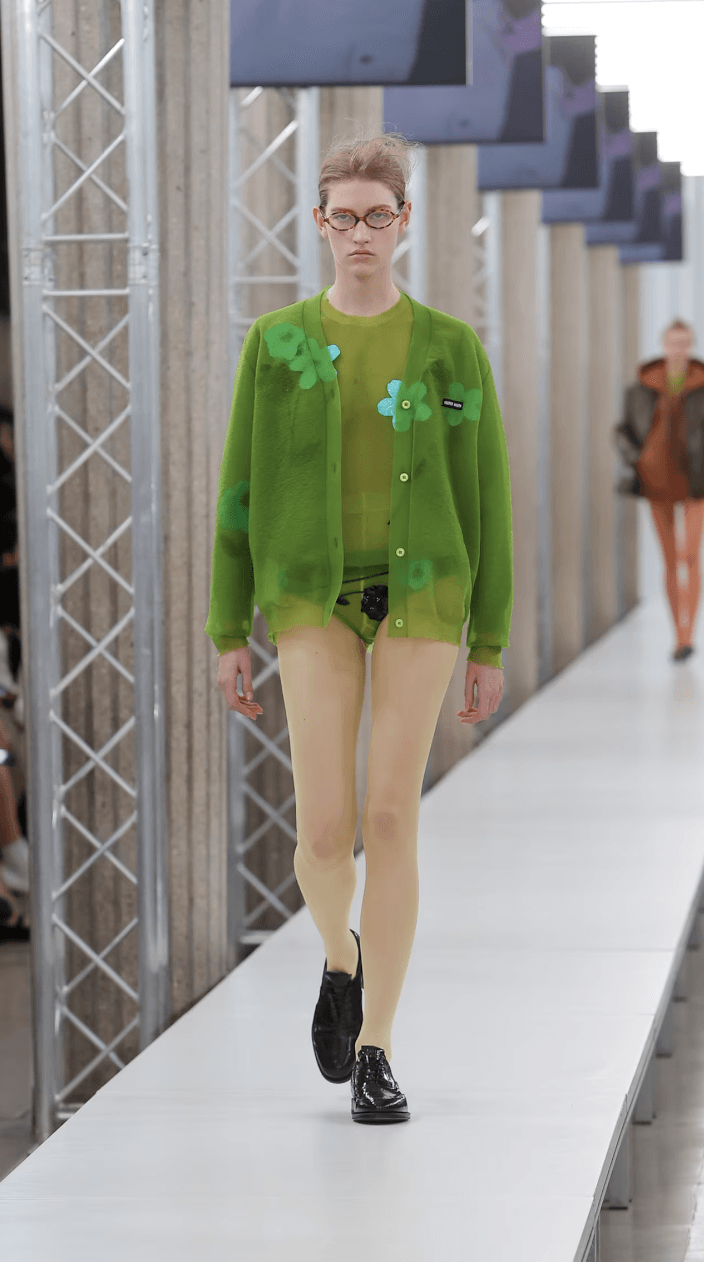
Professionalizing the Nerd
Since then, with both sexy and professional permutations of the nerd aesthetic increasingly coming to the fore, it’s become clear that nerds themselves have undergone a managerial transformation. With the rise of a new aesthetic, called the “office siren,” “the dork industrial complex” has quickly become “the office siren industrial complex.” The ill-fitting clothing, mismatched patterns, and dorky styling of the initial tides of nerdcore have been replaced by a professionalized vision of the same stylistic cues, especially Bayonetta style glasses. First described in September by Paris-based fashion student Asia Bieuville, the “office siren,” in Bieuville’s estimation, wears 1990s–2000s archive Calvin Klein, Ralph Lauren, and Dolce & Gabbana, chunky archival jewelry, and owns “approximately 2,000 different sweaters.”
“With the rise of a new aesthetic, called the ‘office siren,’ ‘the dork industrial complex’ has quickly become ‘the office siren industrial complex.’”
Curious as to just how popular the office siren has become digitally after attending events in Berlin where seemingly a fourth of the attendees were dressed in the aesthetic’s uniform, I redownloaded TikTok about a month ago. Within two scrolls, it quickly became clear that, in the months since Bieuville’s initial forecast, the office siren had slithered away from its initial interpretation. These videos make it hard to believe that the office siren ever owned that many sweaters, and instead position the archetype as someone who wears body-hugging forms, à la Donna Karan, and dresses more like Gabbriette, Shane in The L Word, or one of Anna Uddenberg’s performers. The glasses are, of course, still there. One TikTok with nearly one million views shows a teen girl in a filter called “Y2K V2” that places maroon elliptical Miu Miu dupe frames on her face. The text over the video reads “Someone said that round face girlies should invest in Bayonetta glasses and they didn’t lie.” Another one that quickly came on my FYP characterized the trend as “recession chic.” And while a CCRU-style reading of this trend is tempting, something besides, or at least more dynamic than, a recession-inspired capitalist realist turn seems to be at work in the transition from the relatively quiet nerd to the sexified office siren.

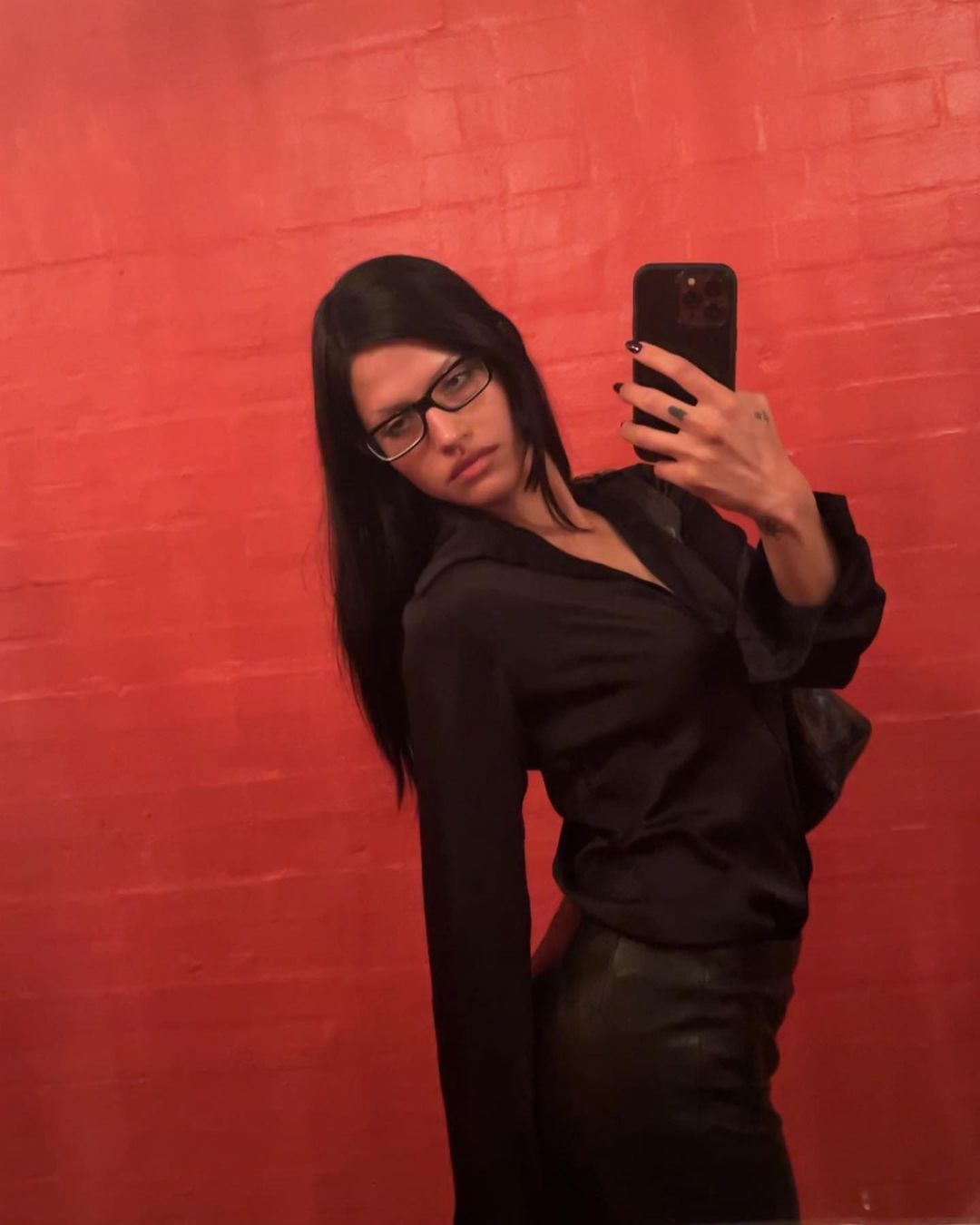

The office siren’s departure was, after all, of a rather extreme nature. Perhaps she disagreed with the nerd’s choice of incongruous prints and dorky styling. Or maybe the shift from randomness to curation was catalyzed by an aversion to the associations that came with nerdcore. Largely borrowing from 90s–2000s computer gamer looks, the style of the nerd today inevitably carries all the extremes of an archetypal aesthetic. On the positive end, the nerd can be construed as unknowingly cool, bookish, a hacker, or a person unbothered by the trifles of materialism. On the negative end, the nerd can remind us of incels, teenage images of Silicon Valley technocrats, or the forms of misogyny associated with 2000s male nerd subcultures.
Almost always positioned as a woman in online fashion discourse—unlike the nerd, who is often described in more gender-neutral terms—the office siren has come to push against the nerd in nearly every way. Her carefully selected closet opposes the eccentricity of the nerd’s, her femininity against the marginalization of femininity in popular depictions of the nerd, and her office wear against the death of office culture that occurred at the behest of a Silicon Valley contingent made up of (largely male) nerds. However, her enemy is not the trending nerd per se, but all the gunk that washed up with the tide.
“On the negative end, the nerd can remind us of incels, teenage images of Silicon Valley technocrats, or the forms of misogyny associated with 2000s male nerd subcultures.”
The office siren ultimately extends her longing for the workplace before Silicon Valley into an imaginative future, carrying the nerd’s ingenuity to a place unencumbered by the limitations they also erected with their return. If tech and remote work eventually killed off the imaginative aspects of the office, whether it’s a work crush, a lunch friendship, or boozy, gossipy-heavy happy hours, then the office siren revives these positive aspects of pre-tech and pre-Covid office life at the same time that, like the nerd, she relies on digital streams as her medium for creation, repetition, reproduction, and proliferation.
So while some may opt to look like Julia Fox in a button-down and nerd frames or Caroline Polacheck in a shiny, red shirt-dress giving a presentation—and others like a sporty nerd or a LAN party attendee—the office siren and the nerd, for all their differences, both suggest that through directing one’s gaze diagonally at the market tides of Y2K, quiet luxury, techcore, and “Blokette,” and an ever fractalized network of micro trends, a knowing sexiness (or sexy knowingness) might shine through your Bayonetta frames.
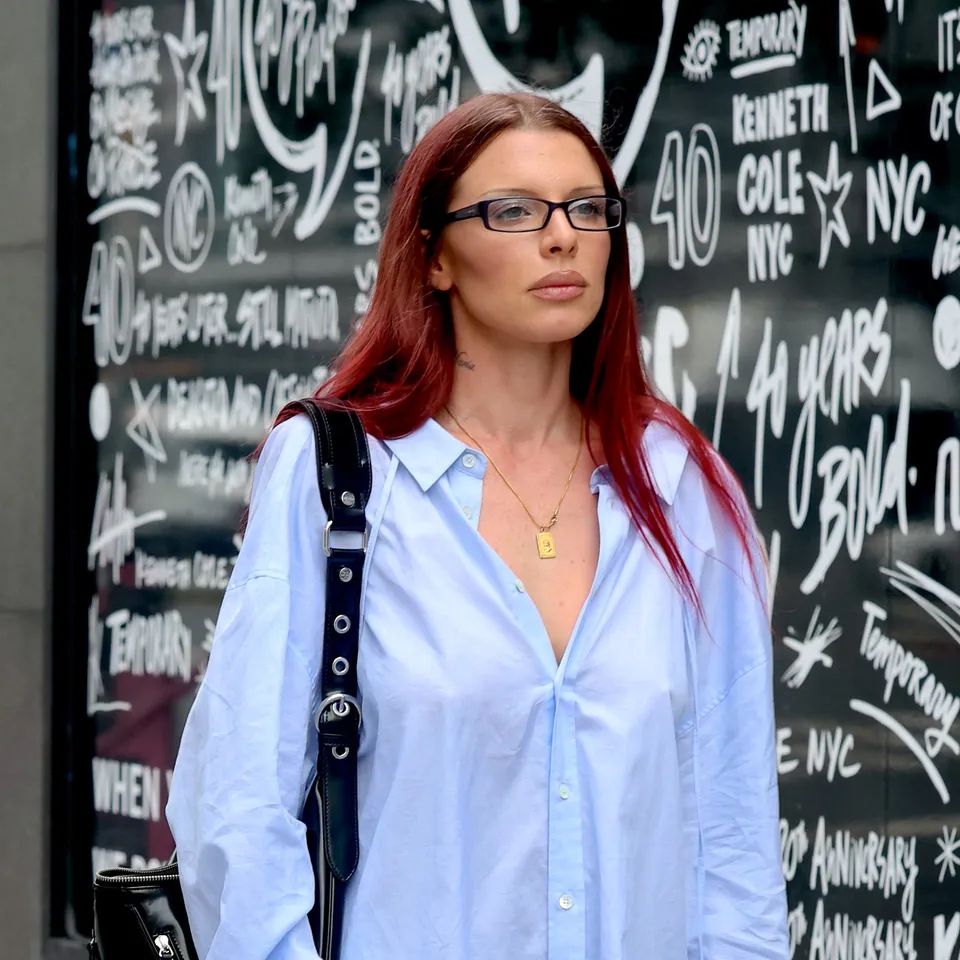

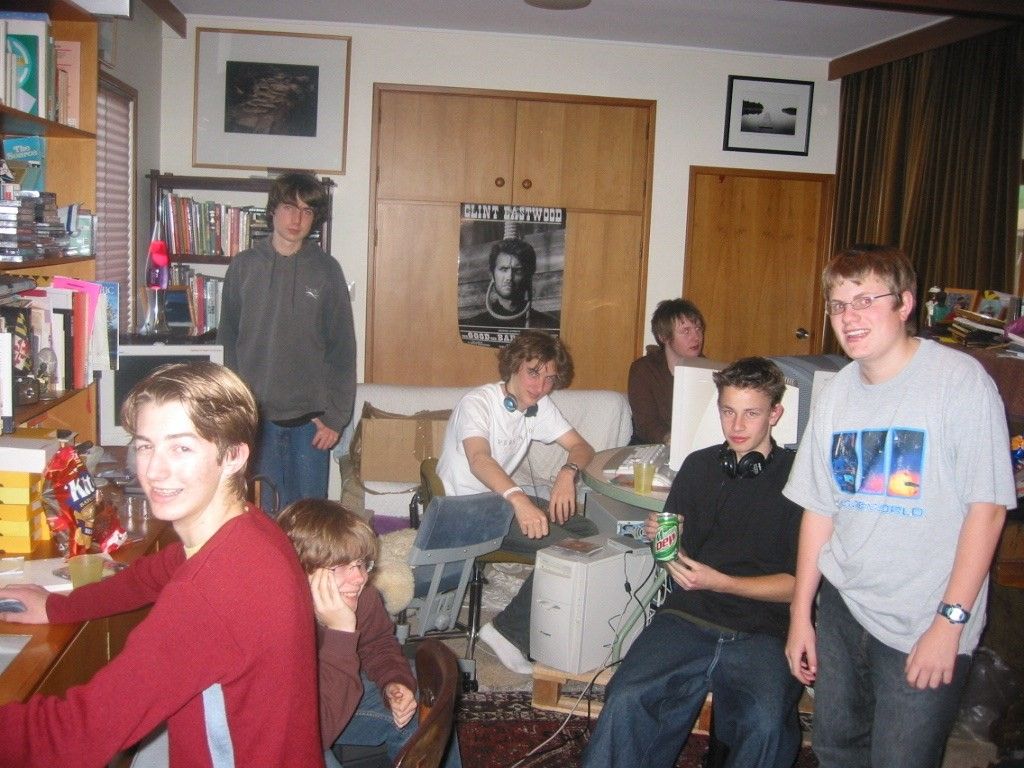
Addendum
It’s an appealing narrative, especially in the context of a fashion world increasingly aligning with Paul Preciado’s diagnosis of the pharmacopornographic era. In this post-Fordist era, first defined in Preciado’s 1999 genre-disavowing Testo Junkie, wherein sex and sexuality have become “the main objects of political and economic activity,” it is not just “the pill,” nor erectile dysfunction medications, nor biomedical technologies that keep sex and sexuality in the claws of the market. In fact, there’s an entire infrastructure (both visible and invisible) of technologies, processes, products, media, and discourses propagating the status quo. And, if Preciado’s description of Playboy as a “paradigmatic offspring” of this era says anything, it’s that the fashion image has been compromised, too. Just as the “narco-image,” an image that produces dependency, is becoming the default state of contemporary media, the pornographic has become ubiquitous in all spheres of cultural production, especially fashion.
“...the nerd’s contradictory state epitomizes an economy that seeks to extract pornographic potential out of all archetypes, even those considered to be sex-less.”
In light of this, the nerd (and their successor, the office siren) archetype takes on a strained meaning. A figure positioned as anti-sexy and, yet, continually subjected to hyper-sexualization in porn, the nerd’s contradictory state epitomizes an economy that seeks to extract pornographic potential out of all archetypes, even those considered to be sex-less. In a pessimistic reading, their fashionable emergence could be seen as a perversion of “life imitating art” into "life imitating porn.” However, because they're trending in a time where awareness, generally, is trending, perhaps the nerd instead reflects the subject's awareness of their “orgasmic force” in the eyes of the market. In this, they’d offer an alternative politics. After all, through siphoning a quieter eroticism away from trending fashion’s nostalgic, explicit Y2K sex drive, the nerd’s whole thing is market consciousness.
Credits
- Text: PHILLIP PYLE
Related Content

An Analysis of The Backrooms—Also Known as the Internet's Horror Rooms
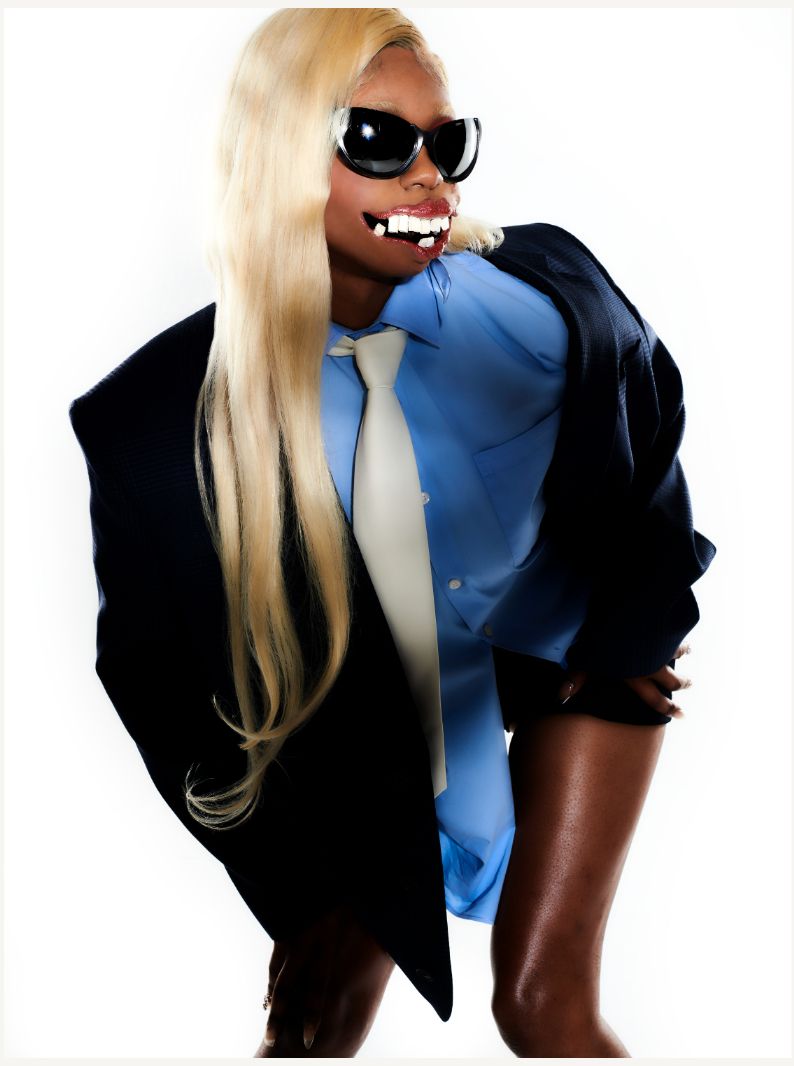
Reality TV as a Sociological Analysis: JAMES BANTONE

Officecore with Gucci
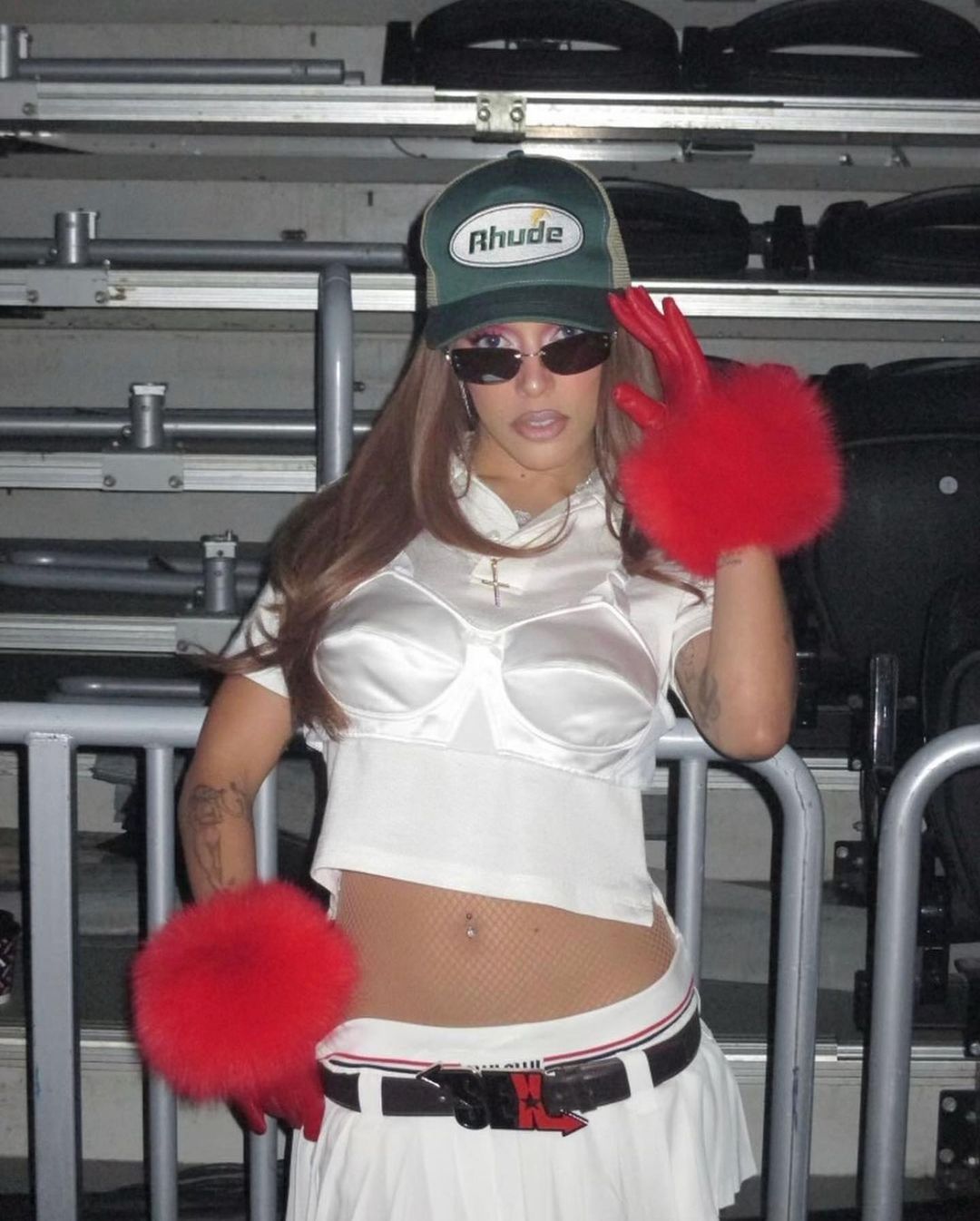
Who the fuck is Vaquera?
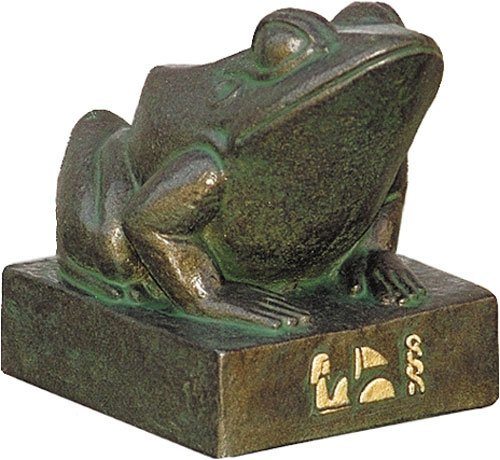
Weaponized Irony: A Roundtable on Trolling and Politics

Love in the Time of Prompting: SHUMON BASAR and Y7’s CORE+LORE
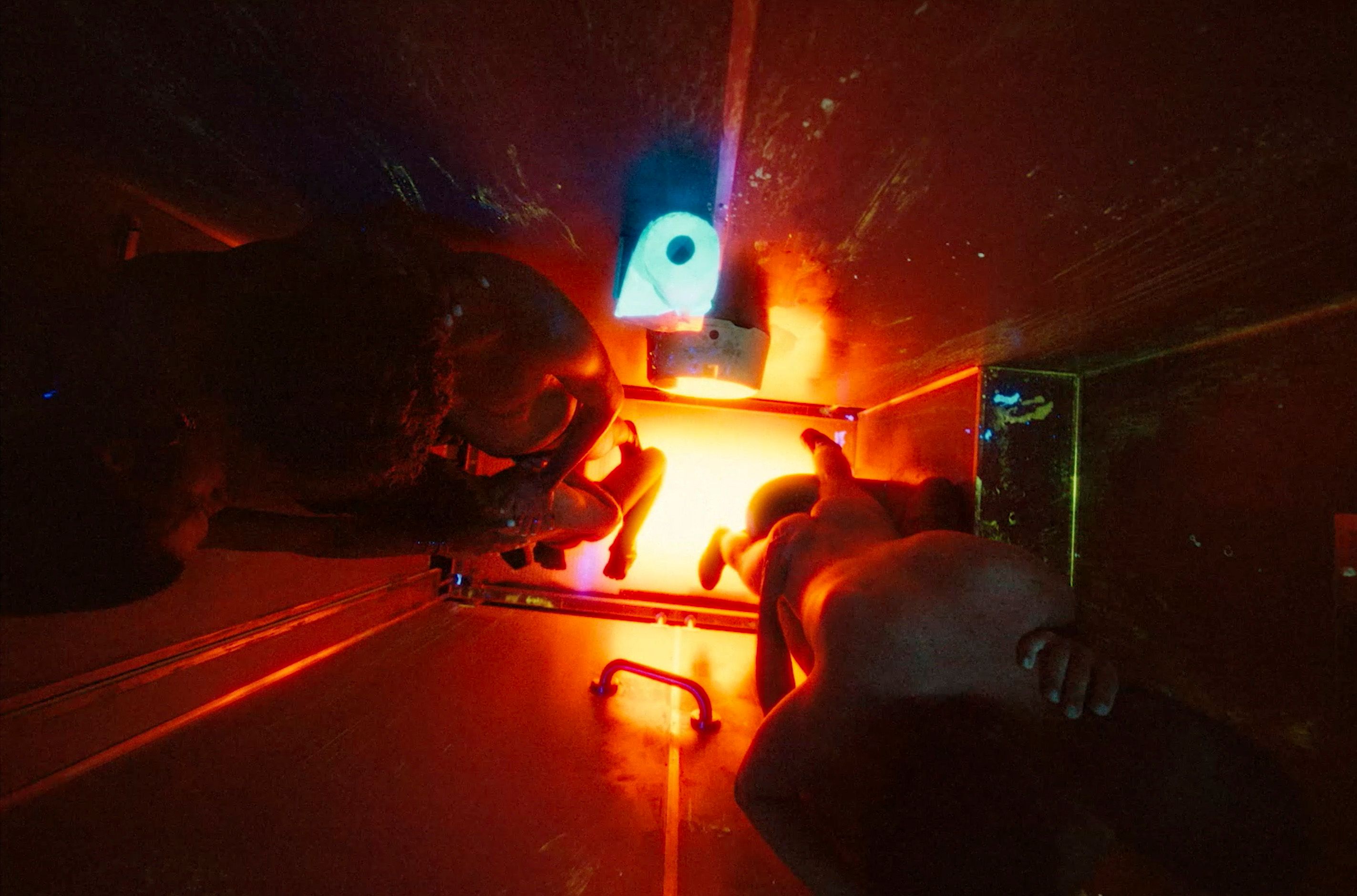
ON MESSAGE: MATT LAMBERT and ERIKA LUST
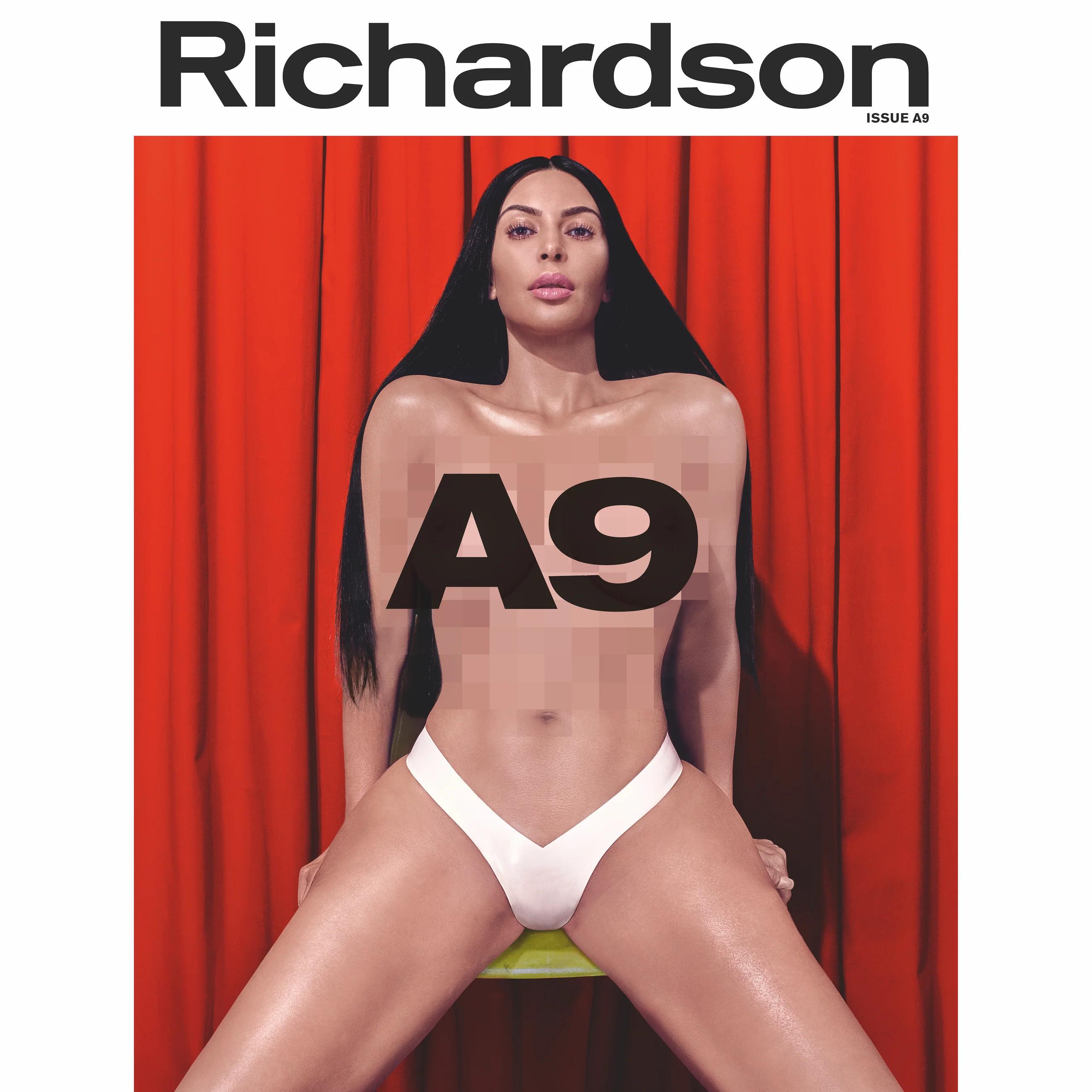
RICHARDSON Magazine Rethinks The Seedy